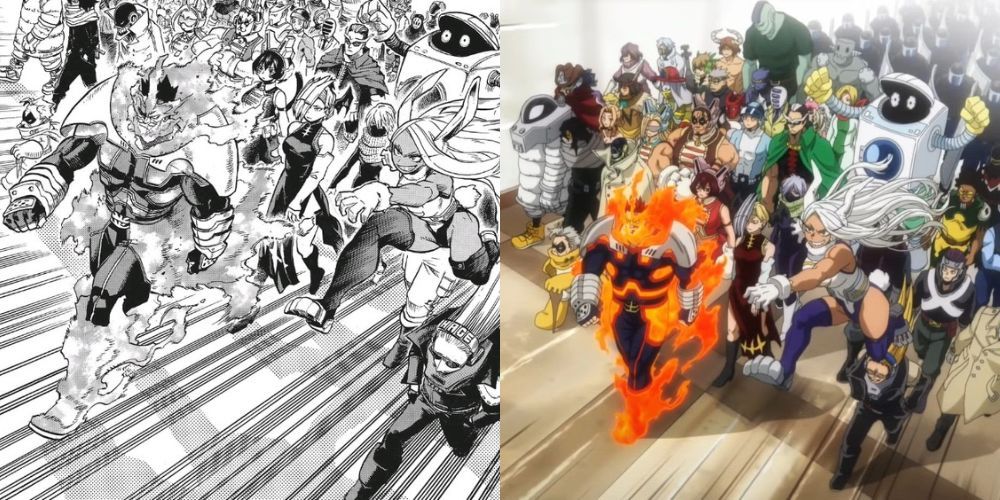Pulse of Information
Stay updated with the latest news and insights.
Anime and Manga: A Love Story Between Ink and Imagination
Discover the enchanting world where ink meets imagination in our love story of anime and manga—uncover secrets, art, and endless adventures!
Discovering the Roots of Anime: How Japanese Animation Transformed Global Pop Culture
Anime, a unique style of animation originating from Japan, has significantly influenced global pop culture since its inception. The roots of anime can be traced back to the early 20th century, with pioneering works that laid the groundwork for what would become a beloved medium. Over the decades, Japanese animation evolved, adopting various artistic styles and storytelling techniques that resonated with audiences around the world. Notably, the 1980s and 1990s marked a pivotal era, with series like Dragon Ball Z and Neon Genesis Evangelion captivating viewers and introducing them to complex narratives and richly developed characters.
The global spread of anime was accelerated by the rise of the internet and streaming platforms, which made it accessible to international audiences. Today, anime's impact can be seen in various aspects of pop culture, from fashion to music and even Western films. Shows like Sailor Moon and My Hero Academia have not only garnered massive fan bases but have also inspired countless creators. As a testament to its influence, we see the convergence of anime aesthetics within mainstream media, highlighting how Japanese animation has transformed our understanding of storytelling and visual art across the globe.

The Art of Storytelling in Manga: Exploring Themes, Characters, and Visual Styles
The art of storytelling in manga transcends mere illustrations; it intertwines intricate themes, relatable characters, and unique visual styles that captivate readers. At its core, manga often explores profound themes such as friendship, identity, and perseverance, allowing readers to connect with the narratives on a deeper level. For instance, series like Naruto and One Piece showcase not only thrilling adventures but also the struggles of their protagonists, embodying the personal growth and emotional journeys that resonate with audiences worldwide. These themes are intricately woven into the characters' arcs, making their experiences relatable and their victories impactful.
Moreover, the visual styles employed in manga contribute significantly to the storytelling process, enhancing the reader's experience through dynamic illustrations and expressive character designs. Artists utilize a variety of techniques, from exaggerated facial expressions to intricate backgrounds, to convey emotions effectively and create immersive environments. Elements such as panel layout and motion lines further add to the visual narrative, guiding readers through the story's pacing and tone. Whether it's the detailed artwork of Attack on Titan or the whimsical style of My Neighbor Totoro, the visual representation in manga is an essential component that complements its storytelling, enriching the overall impact of these cherished art forms.
What Makes a Great Anime or Manga? Key Elements to Captivate Your Imagination
When it comes to understanding what makes a great anime or manga, several key elements can captivate your imagination and keep you engaged throughout the story. First and foremost, a compelling and well-developed storyline is essential. This includes not only a strong central plot but also intricate subplots that enrich the narrative. Characters play a pivotal role here; they should be multi-dimensional and relatable, with clear motivations and growth arcs. Investing time in creating characters that resonate with audiences can make or break the viewer's experience.
In addition to an engaging storyline and relatable characters, the art style of the anime or manga significantly contributes to its allure. A unique and appealing visual presentation can enhance storytelling by setting the mood and tone. Furthermore, effective pacing is another vital component; it ensures that the story unfolds without dragging on or rushing through crucial moments. Finally, themes that provoke thought, touch on universal experiences, or explore complex emotional landscapes leave a lasting impact, making an anime or manga resonate beyond its runtime or page count.